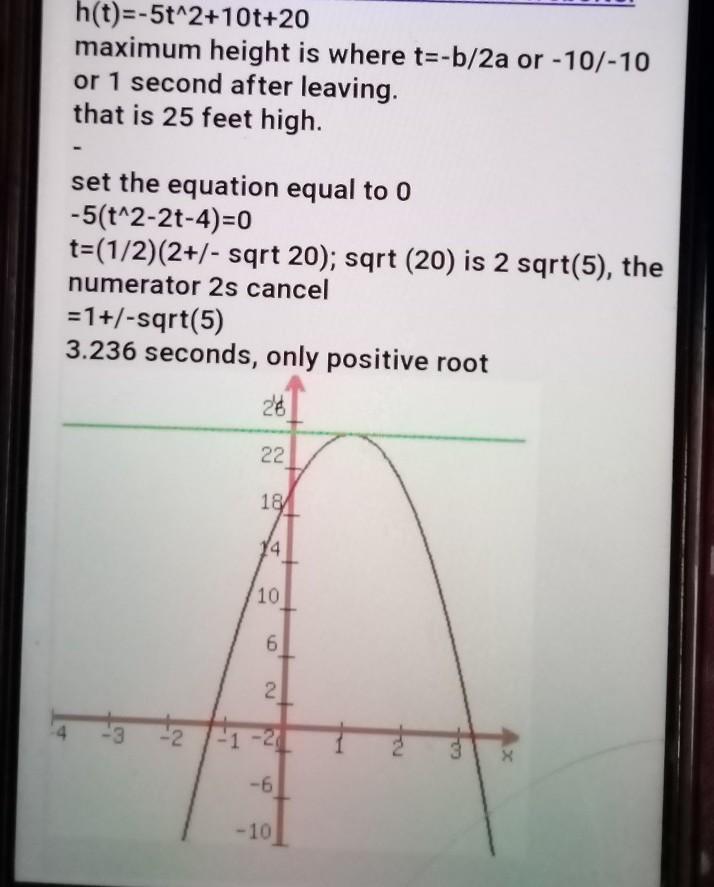The difference between love and prejudice, and give some examples.
Answers 1
Answer:
Jane Austen’s Pride and Prejudice demonstrates the encounter of the two ruling faculties of human beings: reason and passion. The characters of this novel who are mostly young people are involved in the matters of heart and mind, seeking love and affection from their beloved ones while simultaneously burdened by the codes of manners and mannerisms of their society. Although many studies have been conducted on the subject of marriage and love on Austen’s novels, the nature of this love has not been given its proper attention. A comparative study of Plato’s concept of love and that envisaged in Jane Austen’s novel clarifies a lot of things among which we can refer to their difference in the extent of realism as the former depicts love in its ideal form and the latter in its practical sense. Serving as a means to deepen the readers’ understanding, this essay introduces a new perspective to Austen studies by examining Platonic concepts of love in Pride and Prejudice in the light of the information gleaned from Plato’s two famous works that directly deal with the concept of love: Phaedrus and Symposium. The study shows that despite being Platonic in her approach to love, Austen differs from Plato in that she tries to confine love to decorum under the veil of social relationships which bespeaks of the fact that Austen’s time in early Victorian period gives priority to the practice of love in a real context over intellectual concern for what it might mean or might not.
Some of the most well-known types of prejudice include the following:
Racism.
Sexism.
Ageism.
Classism.
Homophobia.
Nationalism.
Religious prejudice.
Xenophobia.
-
Author:
maverick8dje
-
Rate an answer:
1

